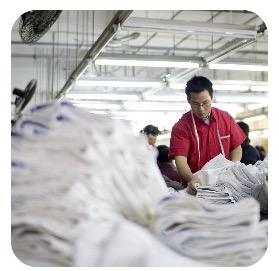 From tsunamis to earthquakes to hurricanes, each year natural disasters strike all across the world and leave devastation in their wake. In the immediate aftermath of these catastrophes, ensuring people’s safety is the number one priority. As a community starts to recover from a disaster, however, their thoughts turn towards rebuilding and returning to normalcy. Still, this isn’t such an easy task to accomplish. Natural disasters can destroy infrastructure and buildings that take millions of dollars and months of time Continue reading
From tsunamis to earthquakes to hurricanes, each year natural disasters strike all across the world and leave devastation in their wake. In the immediate aftermath of these catastrophes, ensuring people’s safety is the number one priority. As a community starts to recover from a disaster, however, their thoughts turn towards rebuilding and returning to normalcy. Still, this isn’t such an easy task to accomplish. Natural disasters can destroy infrastructure and buildings that take millions of dollars and months of time Continue reading






